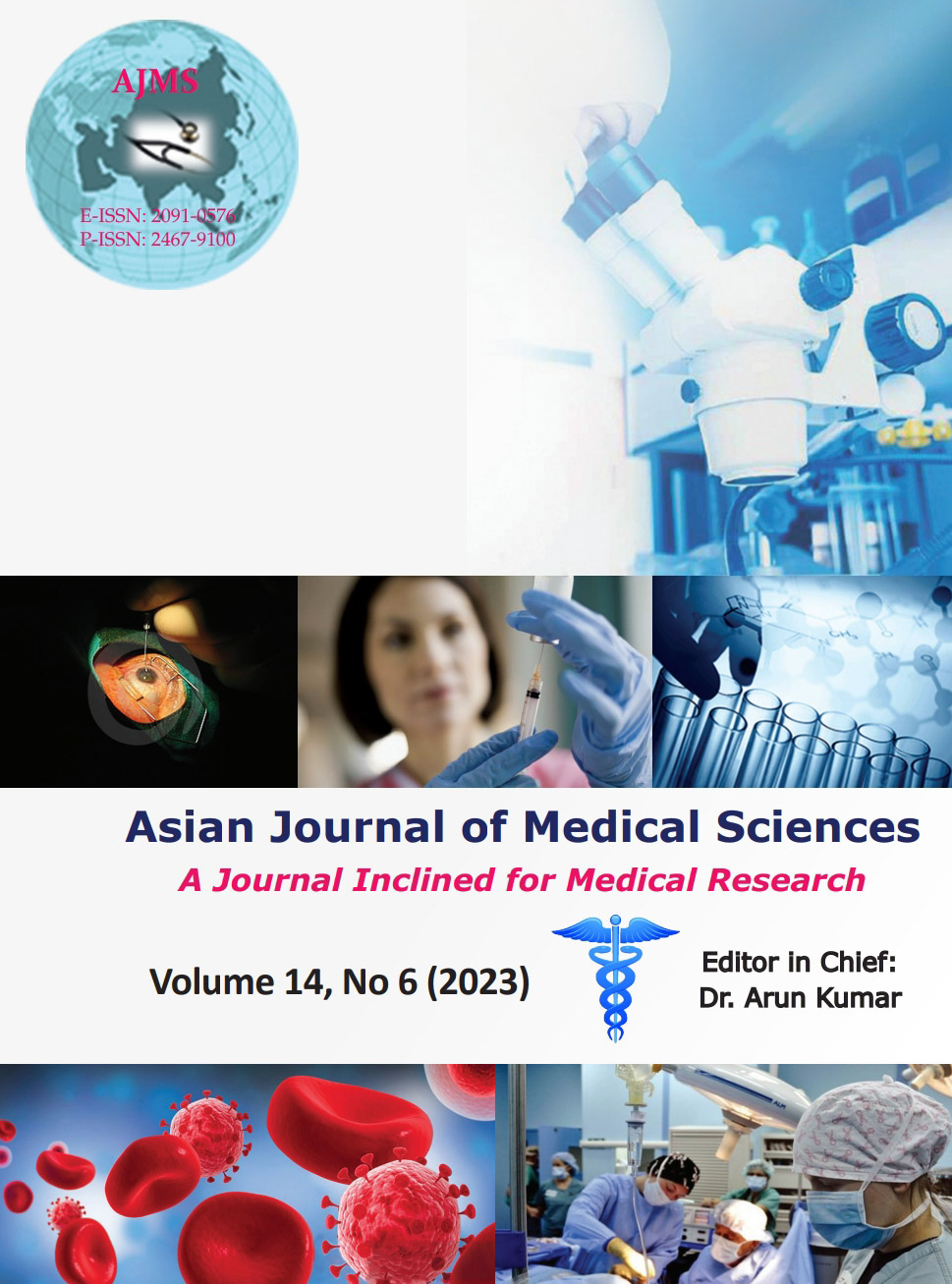Finding the optimal anesthetic technique during PCNL for renal stone disease: A comparison of general, spinal, and combined spinal epidural anesthesia
Keywords:
Percutaneous nephrolithotomy; Spinal anesthesia; Epidural anesthesia; General anesthesiaAbstract
Background: Renal stone disease is prevalent worldwide. Percutaneous nephrolithotomy (PCNL) has become an important mode of treatment for large size renal stones. Various anesthetic techniques have described for performing PCNL, with each having its own merits and demerits. There is lacuna in evidence for the ideal mode of anesthesia with best results and least associated complications.
Aims and Objectives: PCNL is a common procedure for renal stones. It can be performed under various anesthesia techniques. Selection of an appropriate anesthetic technique is essential for successful outcome. In this study, we compared three anesthesia techniques during PCNL and their outcomes.
Materials and Methods: Retrospective and observational study involved all cases of PCNL performed from February 2022 to January 2023. Baseline clinical and anesthesia parameters were recorded. Three groups based on anesthesia method were made; Group A for general anesthesia (GA), B for spinal anesthesia (SA), and C for combined spinal epidural anesthesia (CSEA). Intraoperative variables including heart rate (HR), blood pressure, operation time, and analgesia adequacy were noted. Post-operative pain level, hospital stay, stone free rate (SFR), complications, patient, and surgeon satisfaction were recorded.
Results: Seventy-two cases (56 Male and 16 Female) with a mean age of 36.2±15.9 years were included in the study. Age and body mass index were lower in Group A, while ASA status and comorbidities were comparable. Intraoperative HR and mean blood pressure were higher in Group A than in B and C (P=0.000, P=0.003). Hypotension was more frequent in Group B (24.1%, P=0.046). Operation time, hospital stay, transfusion rates, SFR, and overall patient satisfaction were similar. Group A patients experienced more post-procedure pain (Visual analogue scale 4.1 vs. 2.2 vs. 2.1; P=0.001). Nausea-vomiting and shivering episodes were also higher in Group A (P=0.033, P=0.021). Anesthetic effect weaned-off in 6 patients of SA. Post-operative headache was higher but non-significant in Group B and C (P=0.621).
Conclusion: CSEA appears a superior alternative to both SA and GA, with additional adequate post-operative comfort.
Downloads
Downloads
Published
How to Cite
Issue
Section
License
Copyright (c) 2023 Asian Journal of Medical Sciences

This work is licensed under a Creative Commons Attribution-NonCommercial 4.0 International License.
Authors who publish with this journal agree to the following terms:
- The journal holds copyright and publishes the work under a Creative Commons CC-BY-NC license that permits use, distribution and reprduction in any medium, provided the original work is properly cited and is not used for commercial purposes. The journal should be recognised as the original publisher of this work.
- Authors are able to enter into separate, additional contractual arrangements for the non-exclusive distribution of the journal's published version of the work (e.g., post it to an institutional repository or publish it in a book), with an acknowledgement of its initial publication in this journal.
- Authors are permitted and encouraged to post their work online (e.g., in institutional repositories or on their website) prior to and during the submission process, as it can lead to productive exchanges, as well as earlier and greater citation of published work (See The Effect of Open Access).




